India grapples with a formidable learning crisis, evident in the stark disparity between schooling and actual learning outcomes. The World Bank's State of Global Learning Poverty Report 2022 unveils a disconcerting reality, with 55% of Indian children facing learning poverty, unable to read and comprehend basic texts by the age of 10. The crux of this issue lies in the lack of Foundational Literacy and Numeracy (FLN) skills. In the midst of this, the Language and Learning Foundation (LLF) emerges as a critical player, tirelessly striving to enhance foundational literacy and numeracy at scale.
In our interview with Mr. Dhir Jhingran, the Founder & Executive Director of LLF, we delve into the organization's mission, initiatives, and the impactful steps it's taking to address the learning crisis. The interview offers insights into LLF's comprehensive approach, collaborative mechanisms, and the challenges faced in its CSR initiatives. LLF's commitment to influencing classroom practices and improving learning outcomes for millions of children signifies a beacon of hope in India's educational landscape.
Scroll down to read the full interview:
Q. Can you tell us about the core mission and objectives of the Language and Learning Foundation India (LLF)?
A. India is facing a severe learning crisis where schooling is still not equal to learning, and many children get left behind without attaining the most basic skills in primary school - Foundational Literacy and Numeracy (FLN). According to World Bank's State of Global Learning Poverty Report 2022, 55% of children in India at a late primary age suffer from learning poverty, i.e. they cannot read and comprehend a simple text by age 10. At Language and Learning Foundation, we are working to improve foundational literacy and numeracy at scale. We work closely with the state governments in seven states to implement high-quality FLN programs. At LLF, we envision that all children will have strong foundational skills and abilities in language, literacy and numeracy, thinking and reasoning in their home and additional languages. Based on this strong foundation, all children will learn and grow to their full potential. By 2027, we aim to influence the classroom practices of more than 2 million teachers and teacher educators in collaboration with state governments. This will potentially improve the learning outcomes of approximately 30 million children across 190,000 schools.
Q. What role does LLF play in promoting literacy and language diversity in India?
A. At Language and Learning Foundation, we address the learning crisis through a comprehensive FLN approach, encompassing our work in 3 areas:
Continuous Professional Development: The core focus of our work is the Continuous Professional Development (CPD) of education functionaries to create salience and adequate capacity within the education system at all levels to support large-scale foundational learning programs and sustain them in the long term. We believe that providing ongoing professional development for all the education functionaries (primary school teachers, teacher educators from TEIs like SCERT, academic resource personnel at block and cluster level, state and district resource groups, master trainers, and educational administrators) is imperative in bringing about a sustainable and substantial shift in classroom practices, resulting in improved foundational skills of children.
Driving system strengthening: Our system reform work primarily focuses on partnering with states to plan, develop and disseminate:
- Classroom resources like children's workbooks, teacher guides and materials to create a print-rich environment
- Statewide in-service training of teachers
- State resource group training
- School-based assessments
- Academic support is through teacher mentors at the block and cluster level.
Demonstrating strong teaching-learning practices in classrooms: The most powerful way to bring about lasting systemic change is to co-design and develop an easily replicable and dynamic strategy that demonstrates clearly defined, tangible outcomes. Through the School Demonstration program, our objective is to actively engage with elementary grade teachers, principals and government stakeholders to show concrete transformation in foundational learning in classrooms. We also test and collect feedback on newly innovated materials and teaching practices that are then refined to be adopted statewide. To date, 1.1 million is the direct reach, and 16 million is the indirect reach through demonstrations.
Q. What specific initiatives or projects has LLF undertaken in the field of education and language development? Could you provide examples of the impact LLF has made in improving education and language skills in India?
A. One of the pathbreaking achievements of Language and Learning Foundation was to launch India’s first domestic CSR (Corporate Social Responsibility)- funded Development Impact Bond (DIB). The initiative aimed to improve foundational literacy and numeracy skills of Grade 1 and 2 children in seven districts of Haryana- Ambala, Fatehabad, Jind, Hisar, Kurukshetra, Sirsa, and Yamuna Nagar. It also aimed to enhance the commitment of the government education system to improve foundational literacy outcomes at scale. This innovative initiative resulted in a remarkable 3.5 times increase in learning outcomes, exceeding predefined targets and achieving 1.6 learning-adjusted years of schooling. Moreover, the key learnings from this program have been incorporated into the NIPUN Haryana Mission, equipping the Haryana government to scale these outcomes.
To date, we have impacted 2,50,000 teachers directly through our continuous professional development. Our system strengthening work has impacted 8 lakh teachers and about 1 crore students in 6 states, whereas our demonstrations have reached out to 1.1 million children.
Q. How does LLF ensure the inclusivity of marginalised communities, and especially individuals in rural areas, in its educational programs?
A. At LLF, we are working to improve foundational literacy and numeracy outcomes with an unrelenting focus on equitable learning. Our focus is on the bottom percentile of children who are struggling to learn. We achieve this with the help of training teachers, strengthening the system, and supporting students through assessment and remediation. At LLF, we are also working to foster a multilingual approach to education. We believe that children whose home languages are different from the language of the school often bear the burden of incomprehension, especially in the early years of schooling and face multiple language-related disadvantages.
Q. How does LLF measure the effectiveness and impact of its CSR programs while ensuring transparency and accountability in its activities?
A. LLF is a data-driven organisation, and we hold ourselves accountable for impact by measuring outcomes. We employ a robust assessment framework that combines qualitative and quantitative methods to gauge students' progress accurately. Every program has a meticulous reporting and data collection process that helps us define, assess and document the impact of our interventions. Below are three metrics that we use:
- Regular tracking of student outcomes by informal assessment (by school visits as a dipstick assessment), teacher-led periodic assessment (twice a year), sample-based baseline and end-line assessments(annually)
- Measuring quality of teaching and learning practices through classroom observations and on-spot assessment of students
- Evidence-based discussions and action plans: Studying how FLN is taken up in review meetings held at cluster, block and district levels.
We also conduct third-party assessments of our programs. Transparency and accountability are ingrained in LLF's ethos. We believe in sharing our findings, insights, and progress with stakeholders, including donors, educational institutions, and government bodies. This collaborative approach ensures that our efforts remain focused on delivering meaningful impact.
Q. What are some of the key challenges LLF has faced in its CSR initiatives, and how has it addressed them?
A. Challenges are an inherent part of any journey, and LLF is no exception. The challenges are primarily of two types:
A. Funding-related challenges:
i) Sometimes, funds are not released timely and, if released, are in the form of reimbursement, affecting program implementation quality.
ii) The second challenge relates to the nature of the grant. Most grants are annual, and their release is tied to program activities in one year. However, foundational literacy and numeracy call for a multi-year intervention.
We try to resolve these challenges by being in regular communication with our partners.
B. Implementation-related challenges
Since we work closely with the system, the change of leadership in the government system hampers the pace of implementation. However, a few leadership changes do not impact our work significantly since we work at the district and state levels.
Q. How does LLF collaborate with local communities, educational institutions and other social sector stakeholders to achieve its goals? How can such collaborative mechanisms expedite the efforts of LLF?
A. Collaboration is a cornerstone of LLF's work. At LLF, we believe we can achieve scale only by working closely with the government system. We also actively engage with other stakeholders, such as government agencies, teachers, and teacher mentors, to address the issue of FLN with a comprehensive approach. The multi-stakeholder collaboration leverages the collective expertise and resources of our partners to expedite the implementation of our initiatives.
Through a collaborative mechanism, we tap into local knowledge, share best practices, and develop sustainable models for educational improvement. Our partnership strengthens the government system to improve children's foundational skills at scale and ensure that it can be sustained over the long term.
Q. How does LLF plan to expand its reach and impact in the coming years within the field of education and language development?
A. LLF aims to establish itself as a leading resource organisation for FLN using a multilingual education and evidence-driven approach through constantly improving the effectiveness of our programs and the efficiency of operations. We also aim to scale our impact and support the achievement of the FLN target in 10 states, besides significantly improving learning outcomes through blended learning models and resources to enable strong commitment to the FLN Mission. By 2027, we will influence the classroom practices of more than 2 million teachers and teacher educators in collaboration with state governments. This will potentially improve the learning outcomes of approximately 30 million children across 190,000 schools.



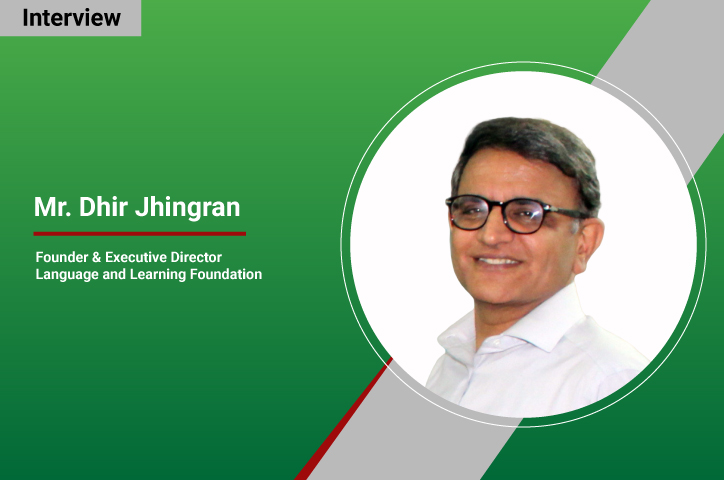


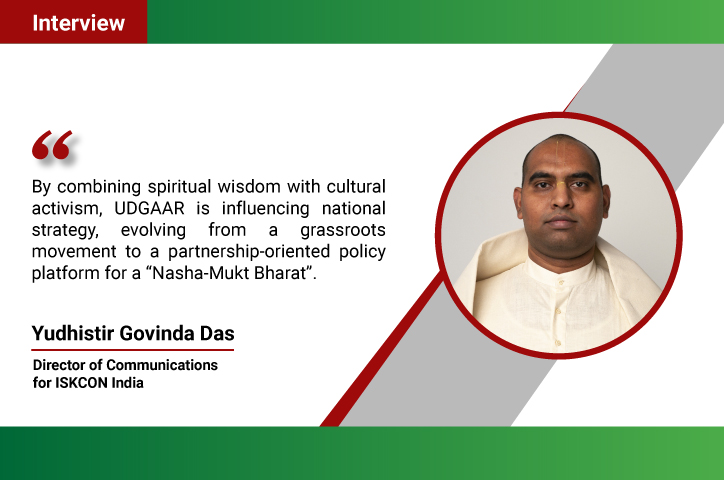



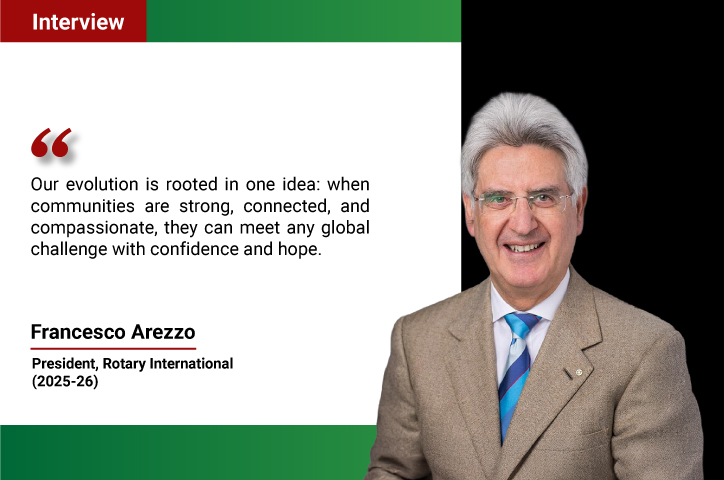
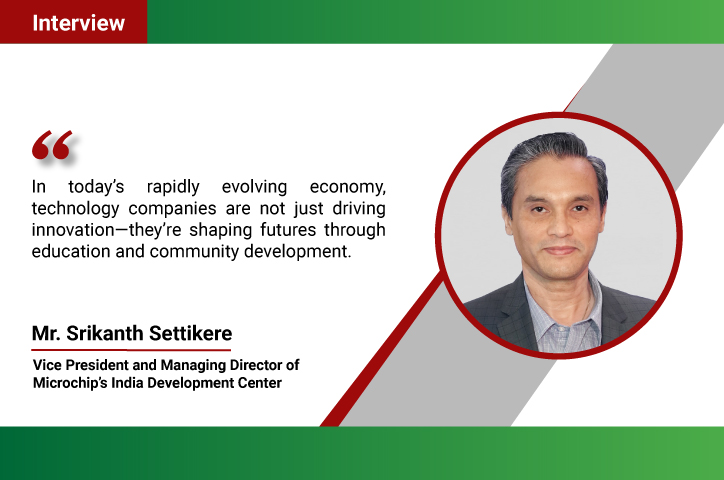
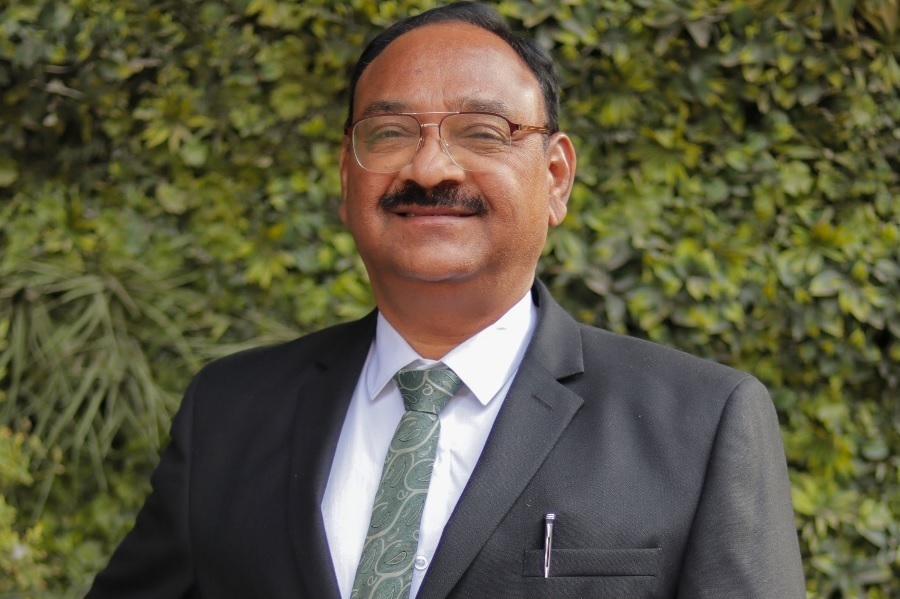
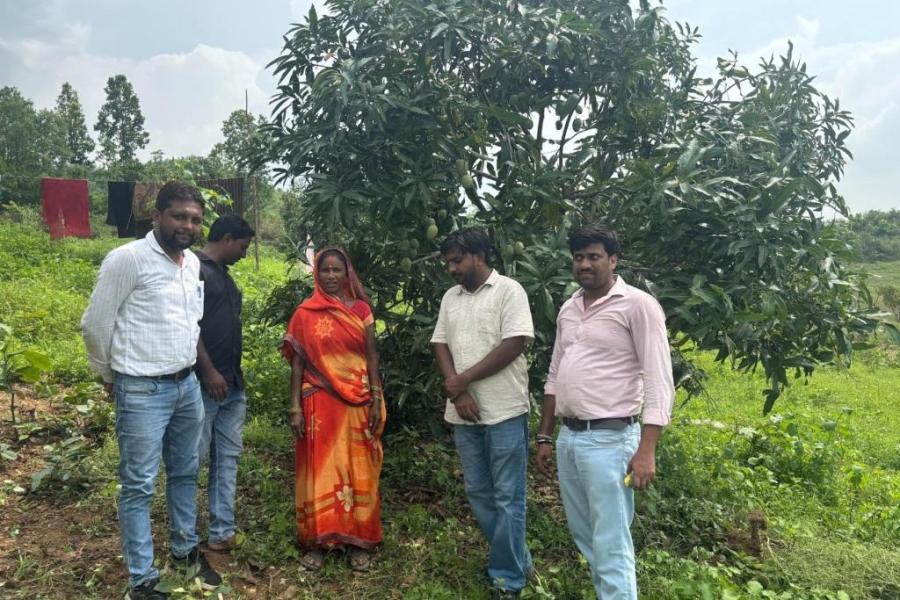


.jpg)




